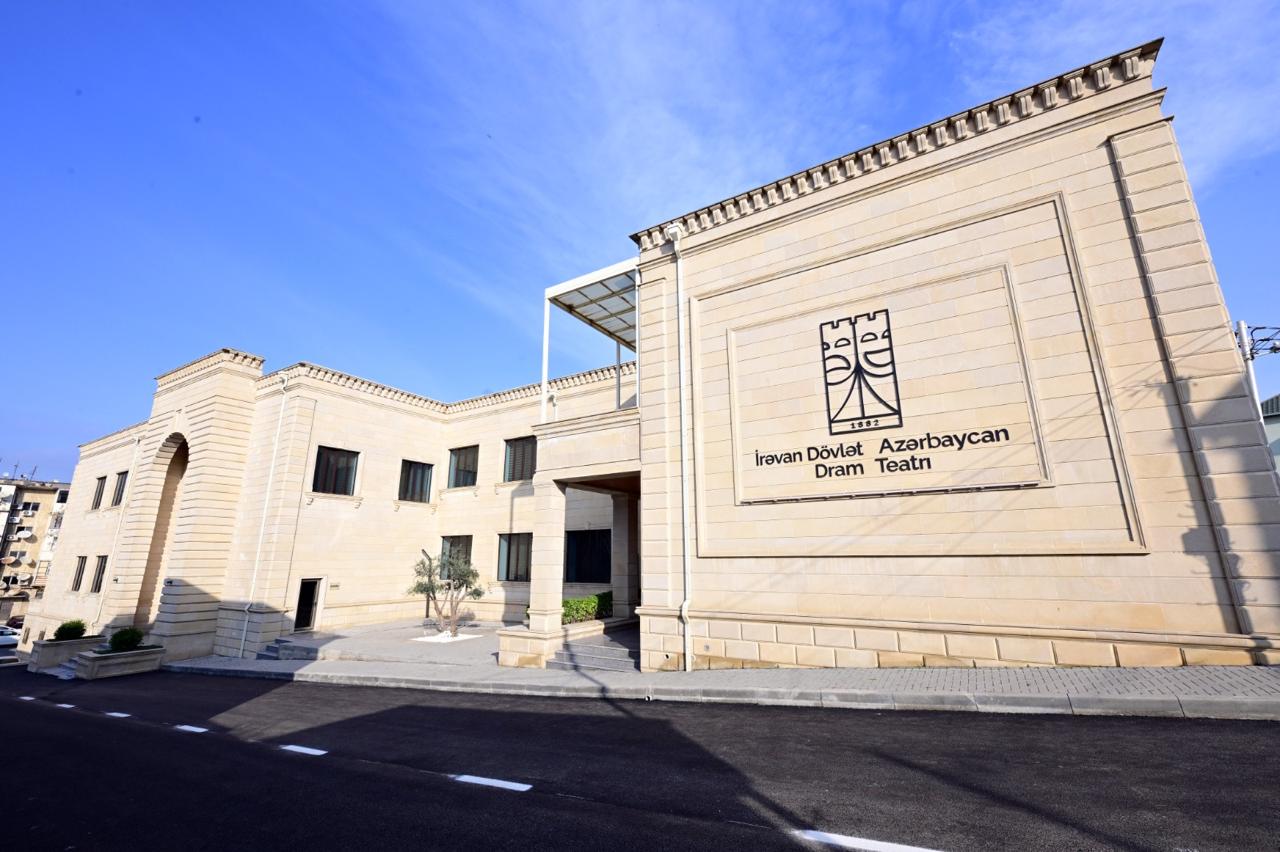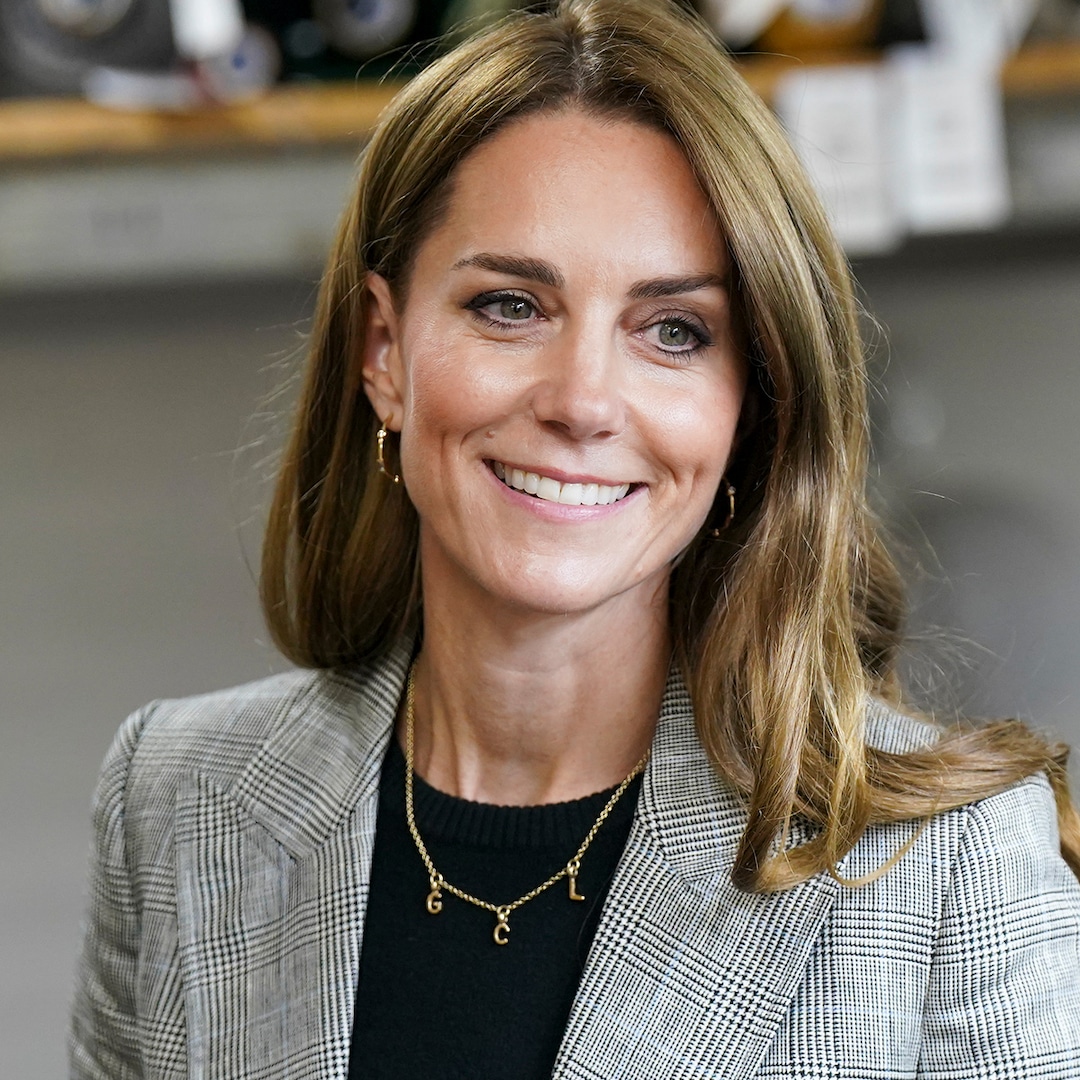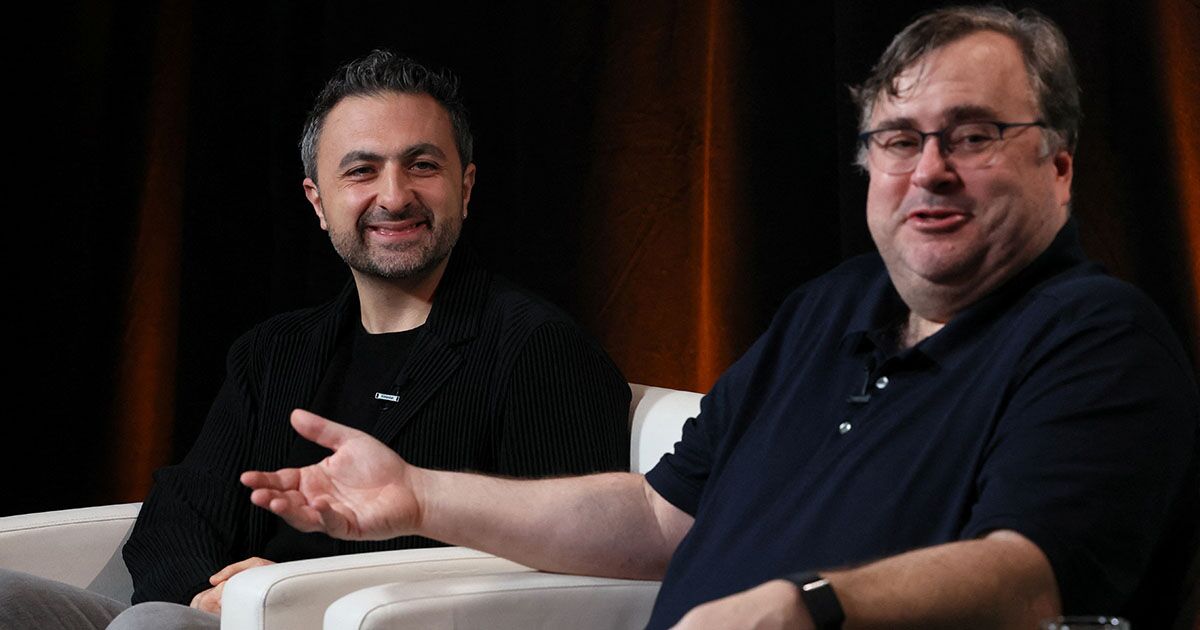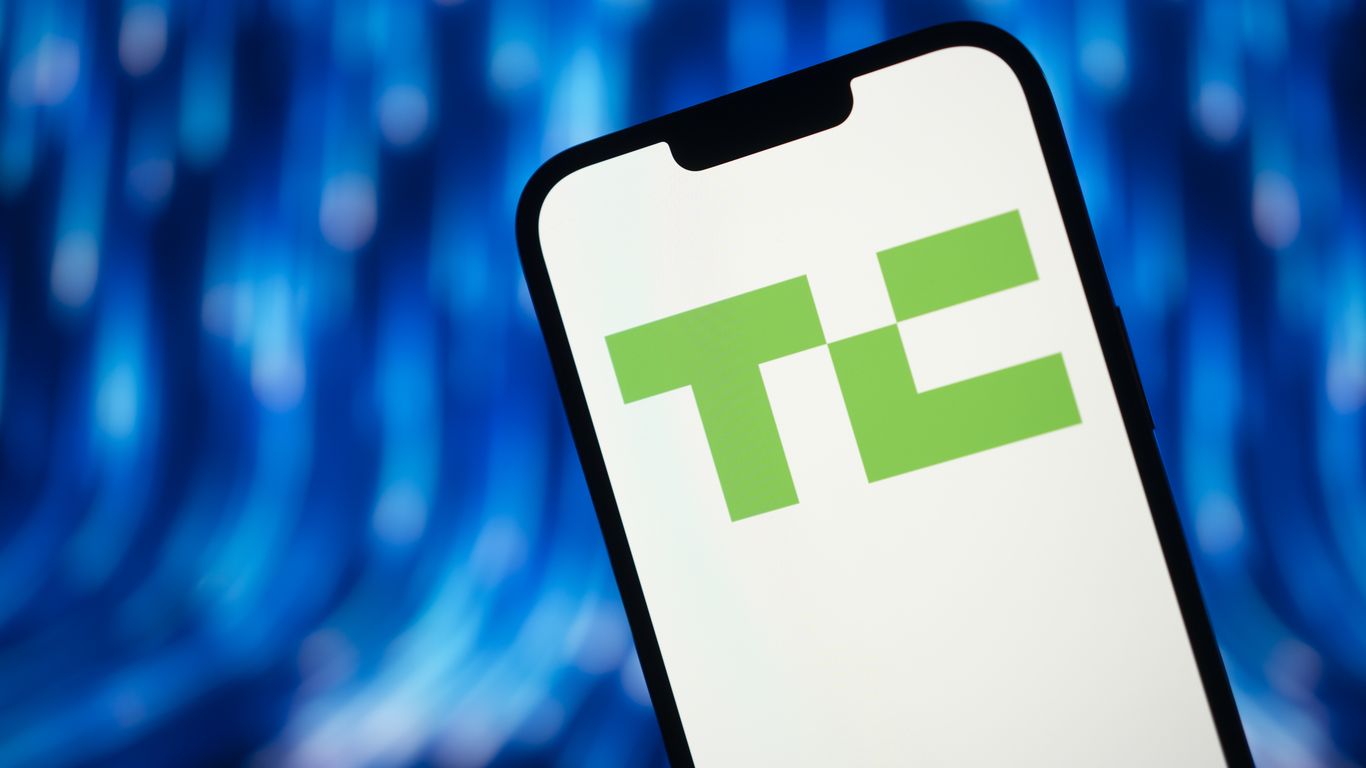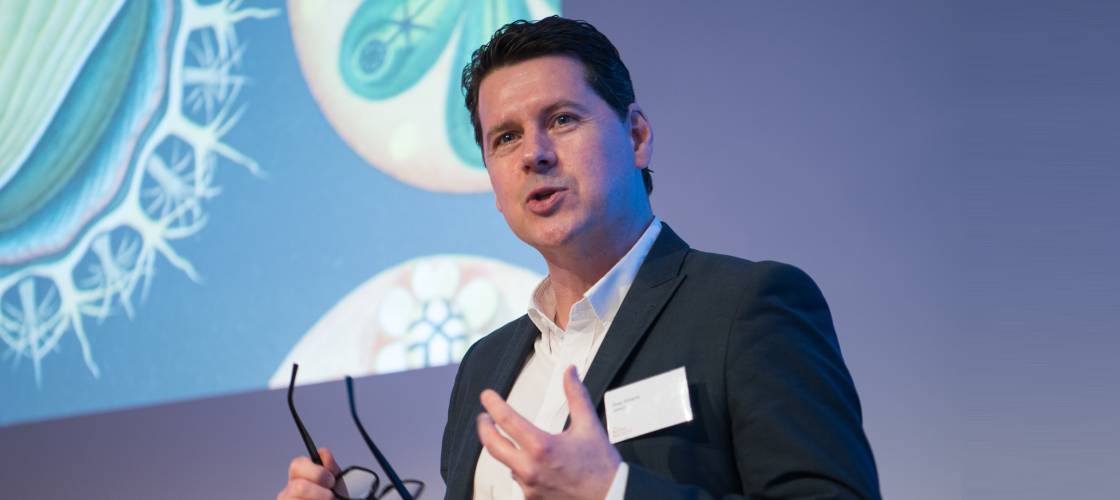What is Moravecs Paradox? The theory that explains why robots suck at doing laundry.


What is Moravec's Paradox? This robotics theory from the '80s is still extremely relevant today, and it actually explains exactly why the new generation of humanoid robots still can't master simple tasks like loading a dishwasher or buttering your toast.
Posed by robotics researcher Hans Moravec in 1988, Moravec's Paradox states that tasks that are simple for humans are actually very difficult for machines to replicate, and vice versa. Robotics has come a very long way since 1988, and yet Moravec's Paradox is just as true today.
This year, we've seen the introduction of several new humanoid robots, as well as the strange phenomenon of "arm farms." The Los Angeles Times first reported on these so-called arm farms, where an "army" of workers in countries like India strap cameras to their faces and spend all day folding towels and doing other menial tasks so that the footage can be used to train humanoid robots.
As the LA Times reported, "The carefully choreographed movements are to capture all the nuances of what humans do — arm reaching, fingers gripping, fabric sliding — to fold clothes."
Extensive training is required, as Moravec explained, because the simple everyday tasks we take for granted are incredibly difficult for robot helpers. So, while humanoid robots like Iron from EV maker Xpeng may look futuristic, they're often surprisingly incompetent.
X1 recently introduced the humanoid robot Neo, a household helper robot available for pre-order now. Yet videos show Neo trying and failing to do mundane tasks like loading a dishwasher. Of course, humans would struggle to do tasks that robots could do nearly instantaneously, like performing complex calculations or bending steel parts into a precise shape on a factory floor.
Likewise, Tesla and Elon Musk were excited to launch their Optimus robots, promising that a fleet of these bots would soon be available worldwide. Yet, as it turns out, the Optimus robots on display were actually being controlled remotely by humans.
That's Moravec's Paradox in action.
But just because this paradox has held true since the '80s doesn't mean it will always be that way. In fact, artificial intelligence proves that rapid breakthroughs are possible.
AI and Moravec's Paradox

Moravec's Paradox applies to AI as well as robotics.
Just a few years ago, even advanced machine learning tools struggled to perform tasks humans take for granted, such as identifying the objects in a photograph or taking part in a natural language conversation. Even basic translation proved awkward and difficult for artificial intelligence.
Yet in 2025, AI chatbots like Gemini and ChatGPT can perform all these tasks with ease. The Turing Test seems almost quaint in the era of large language models.
Yes, AI does still struggle with some human tasks — like, say, telling the truth or fact-checking its answers — but the pace of progress since 2023 has been remarkable. Image and video models have gone from mangled fingers and Will Smith eating spaghetti to true photorealism in the blink of an eye.
It's entirely possible a similar breakthrough will occur in robotics, possibly with an assist from AI.
However, there is one fact that might hold humanoid robots back: The fact that the human body is a terrible model for a robot. Humanoid robots may ultimately prove to be a novelty, even as robots in other forms advance quickly.
For now, Moravec's Paradox holds.
This article reflects the opinion of the writer.

